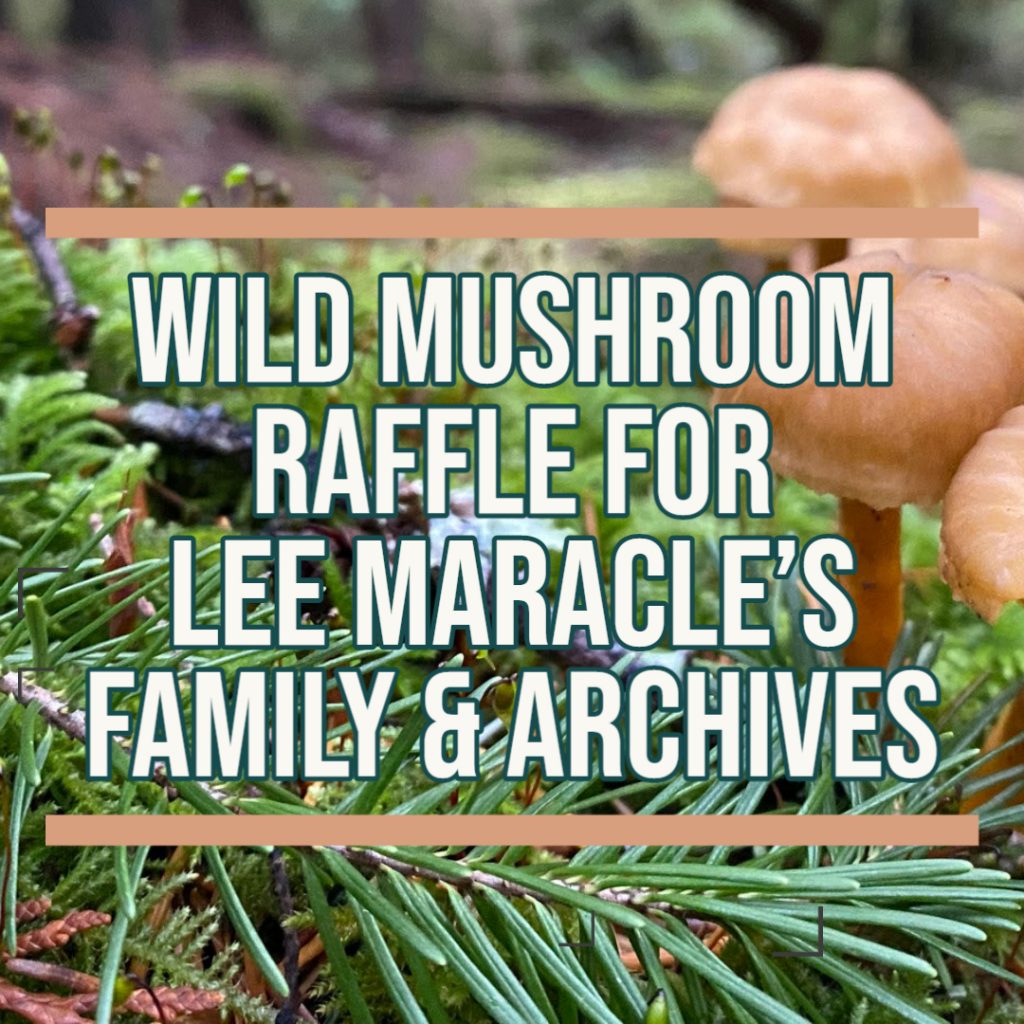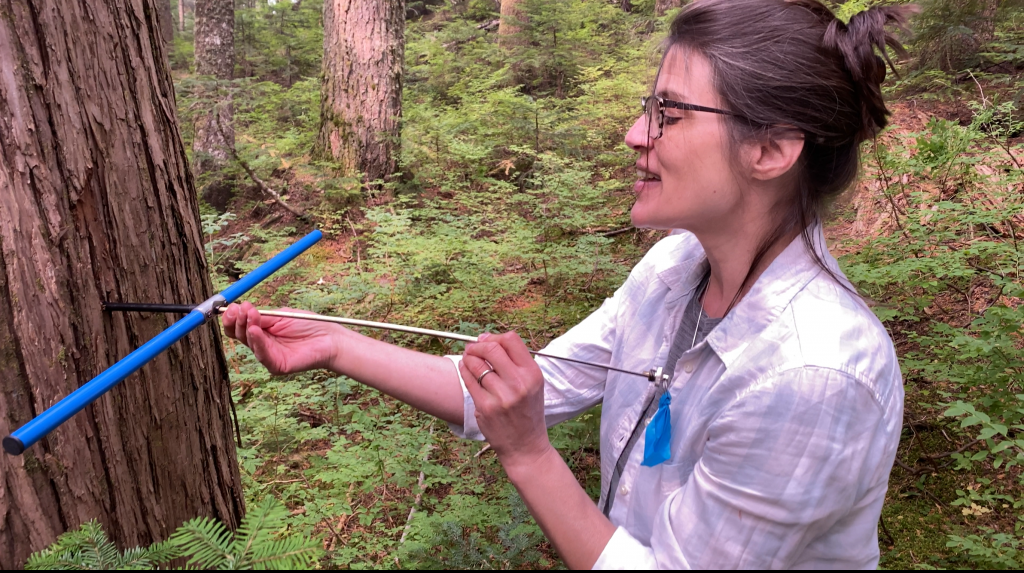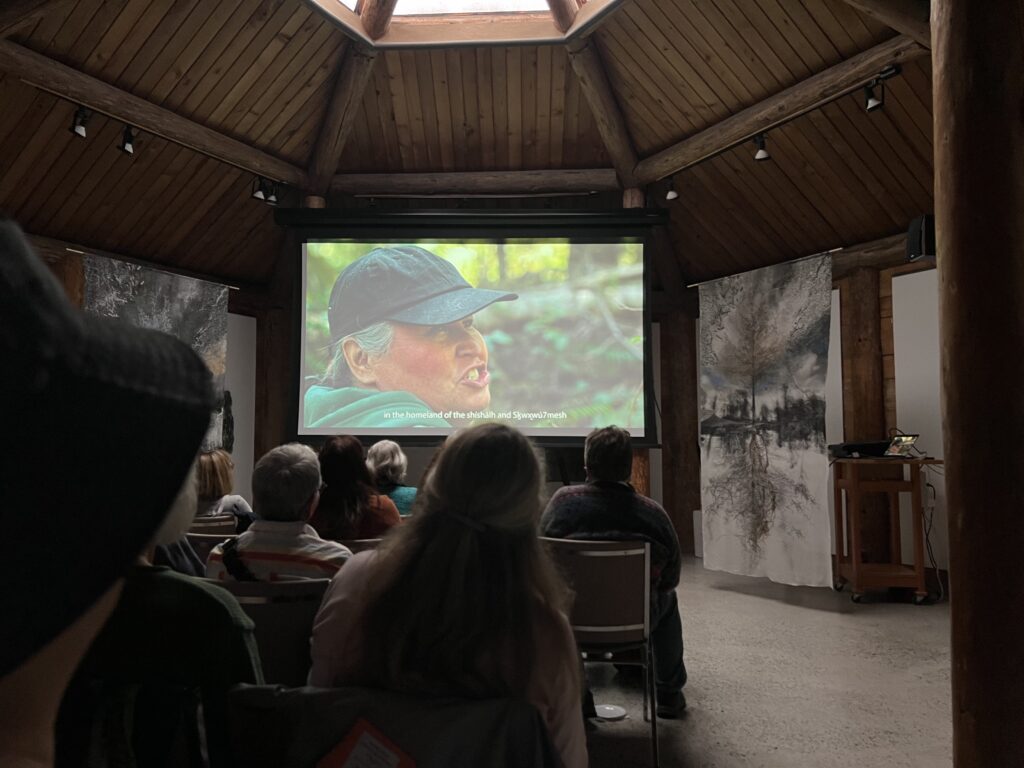
Screening Nature Girl and launching our new project Wanna grow a clam garden? at Sechelt Arts Fest
This past Sunday (September 29) my dear friend Candace Campo (xets’emits’a) and I had the joy of screening our short film collaboration Nature Girl on the closing night of the 2025 Sechelt Arts Festival.
Sharing our work publicly in ch’atlich (Sechelt) in the heart of the shíshálh Nation swiya (territory) was deeply special.
Our event closed this year’s festival which was themed on Sinku (open water).
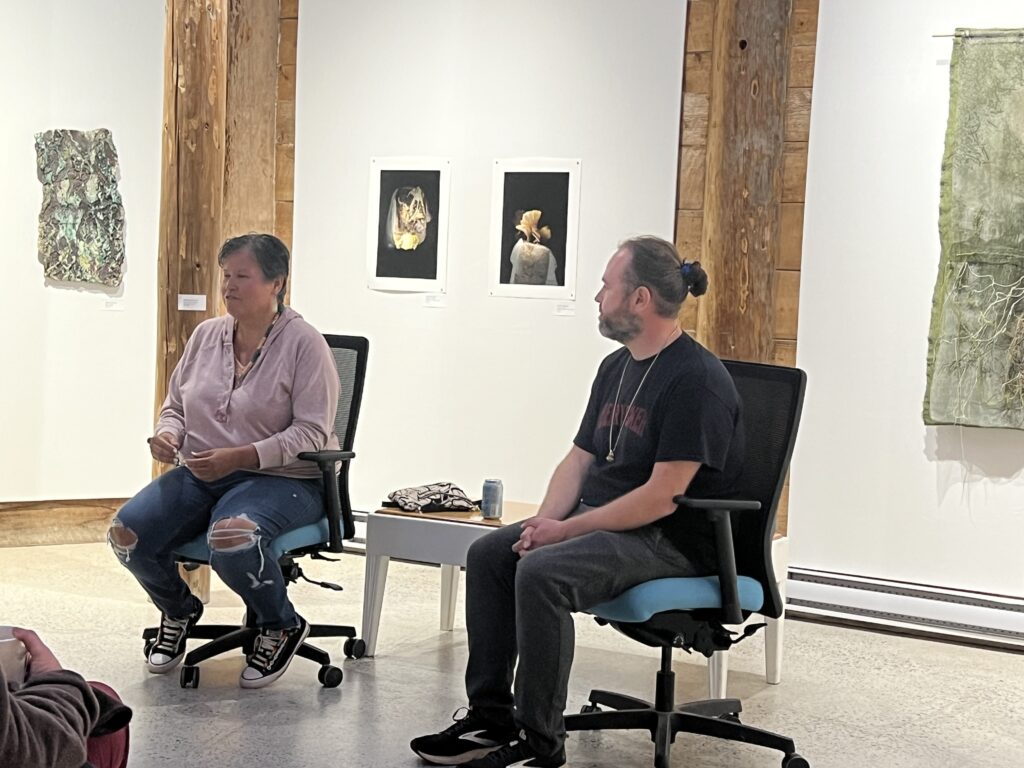
We send our thanks to the Sunshine Coast Arts Council for the invitation to close the festival.
The Sechelt Arts Centre was filled with friends, family, and community members, some of whom have been part of the journey from the very beginning over 5 years ago.
Hearing the responses to our latest edit—the laughter, the gasps, the “aww” sounds —reminded us why we do this work.
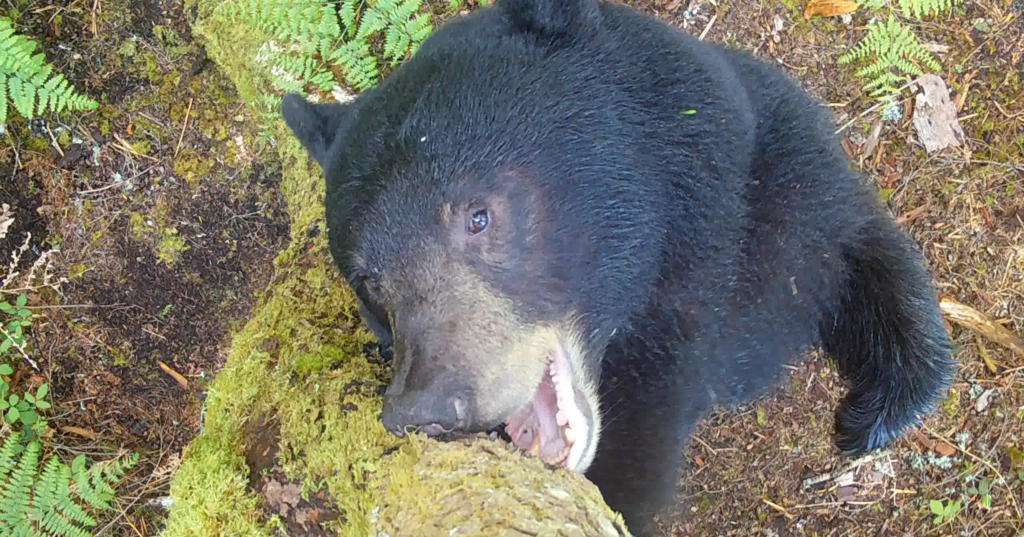
Nature Girl was made through years of gathering stories and medicine from the swiya using trail cameras, our poetry and regular visits.
The film is woven from listening to the forest, witnessing its many beings and their webs of interconnection, and weaving our observations with the traditional knowledge and stories passed down through the generations by Candace’s ancestors.
We are so grateful to everyone who came, and to those who continue to support Nature Girl as it reaches new audiences.
VIDEO: Watch Candace and Trent speak at the Sechelts Arts Festival 2025
Nature Girl was made with support from Canada Council for the Arts.
New Arts Research Project: Wanna Grow a Clam Garden?
We are so excited to announce our next research and development project for the next episode in the Nature Girl series: Wanna Grow a Clam Garden?
Clam gardens are ancient Indigenous technologies, with rock-walled terraces built along intertidal zones that enhance clam habitat and food security. They are both ecological wonders and cultural treasures.
Our project will explore these gardens as sites of relationship: between a wide community of interdependent species, between people and place, ancestors and descendants, food and survival.
This research and forthcoming film will bring together documentary storytelling, intertidal fieldwork, trail camera videos, poetry, painting and Indigenous knowledge sharing.
Just as Nature Girl invited audiences to visit a forest pool and a scratch tree, Wanna Grow a Clam Garden? will invite us down to the shoreline, to listen, learn, and imagine futures rooted in reciprocity.
Our goal is to uplift voices from the community and celebrate the passion and skills of our syiyaya (family/friends).
How You Can Support this work
Your support on my personal Trent Maynard Patreon page is a huge help! Every donation helps me spend a little bit more time devoted to this nature-based practice.
You can also donate directly to support our project fundraiser with Candace Campo for Wanna grow a clam garden?. Help us cover research trips, camera gear, editing time, and the countless small costs that allow big dreams to take shape.
As we move into the intertidal zone, we anticipate losing more gear than ever compared to working in remote forests ( we lost cams there too). We will need your support to pull this off.
Donate here to help get our next project kickstarted. Over the coming months, we will share more updates as this exciting new project takes root.
Thank you for walking this path with us. Your presence here means the world.
With gratitude,
Trent
DONATE HERE to WANNA GROW A CLAM GARDEN?
VIDEO: Watch Candace and Trent speak at the Sechelts Arts Festival 2025
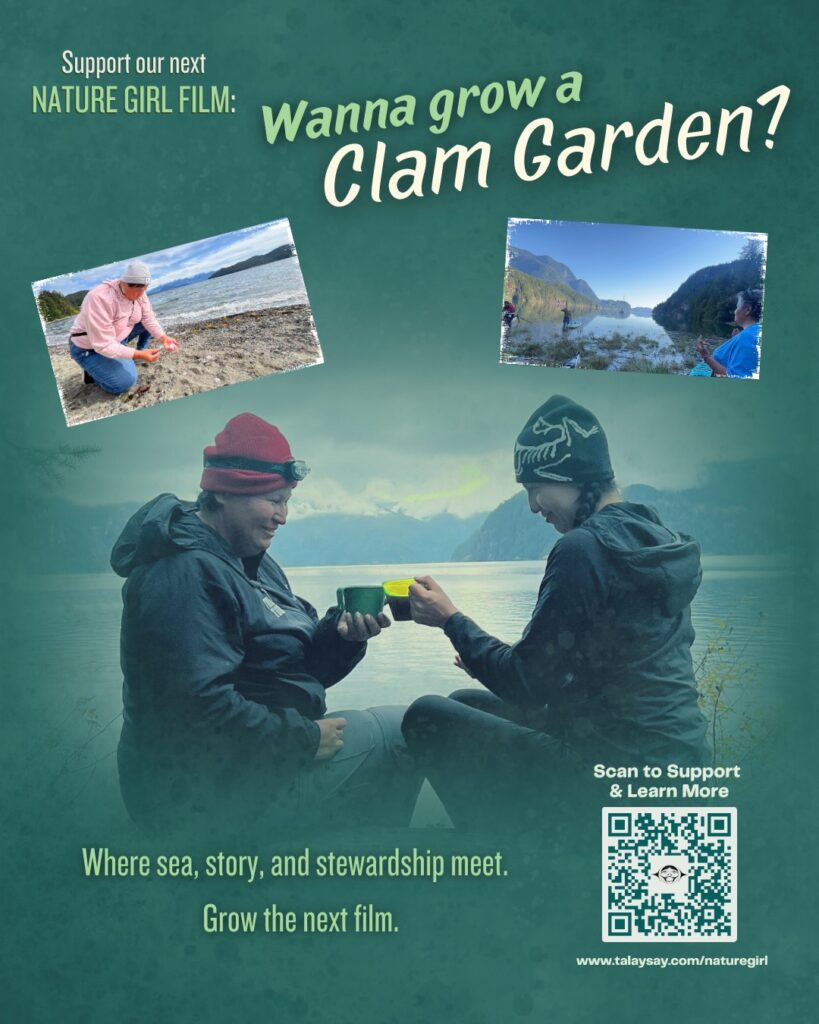
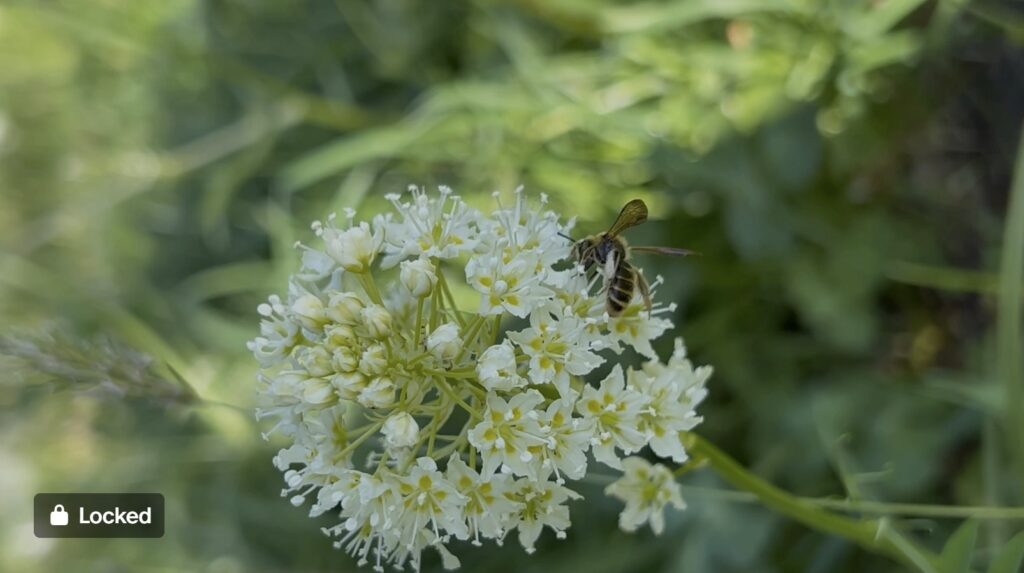
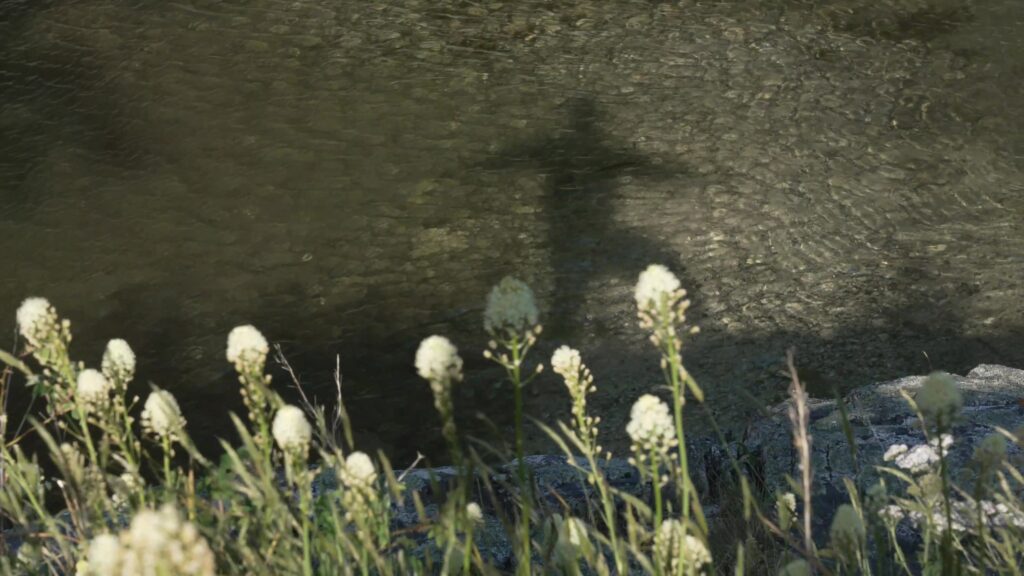
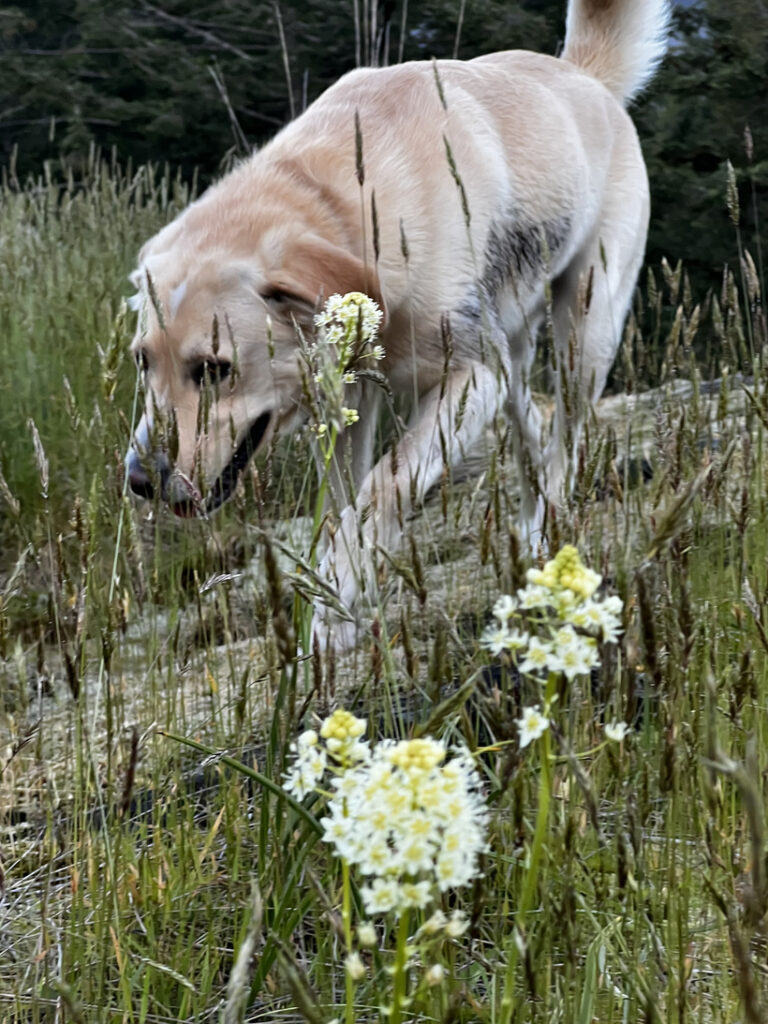
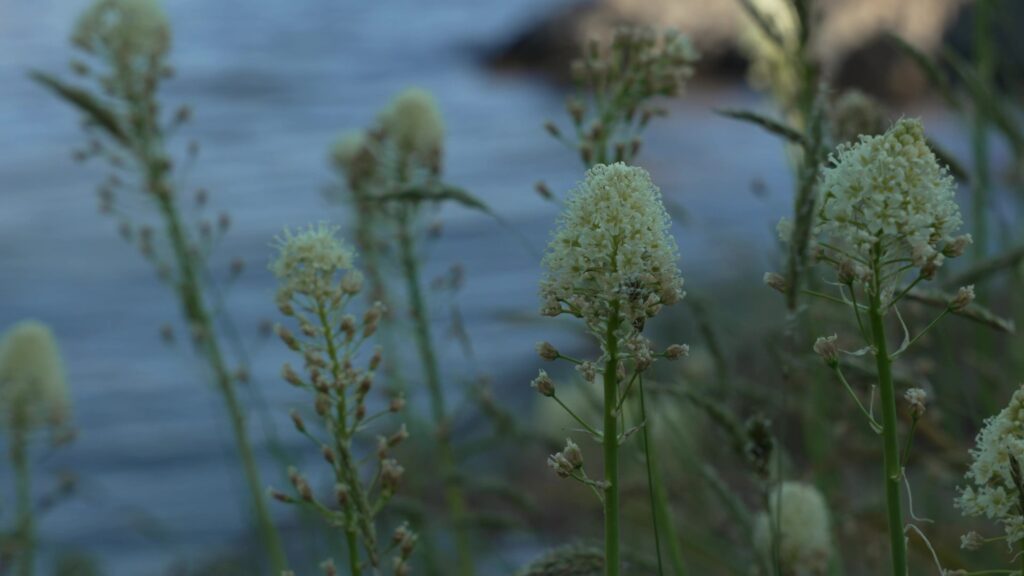
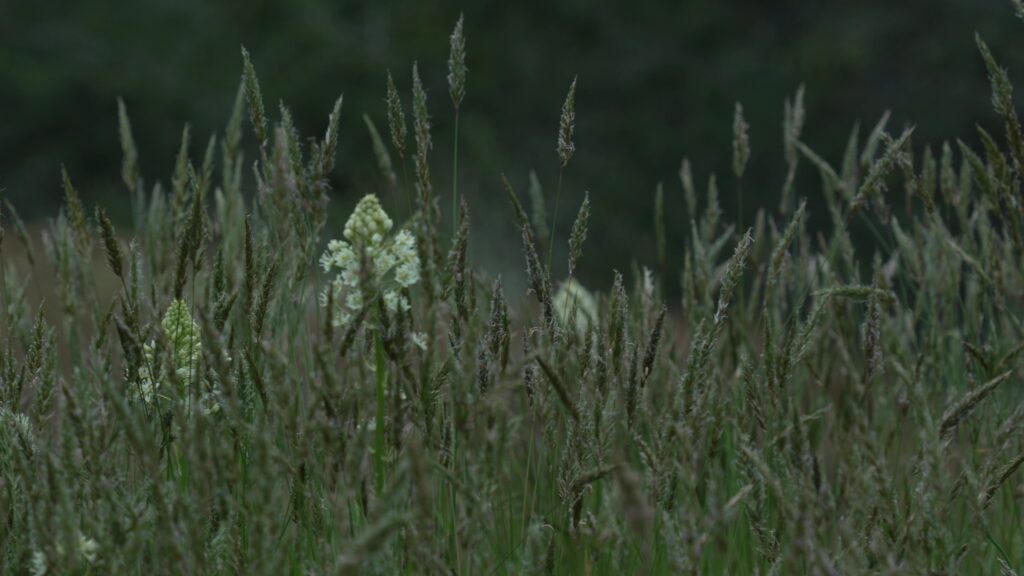
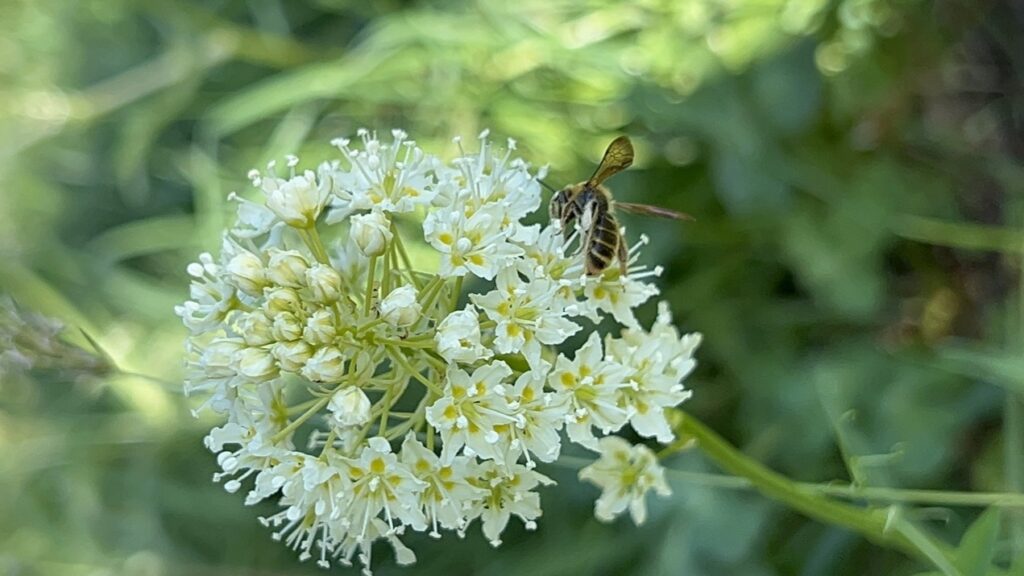
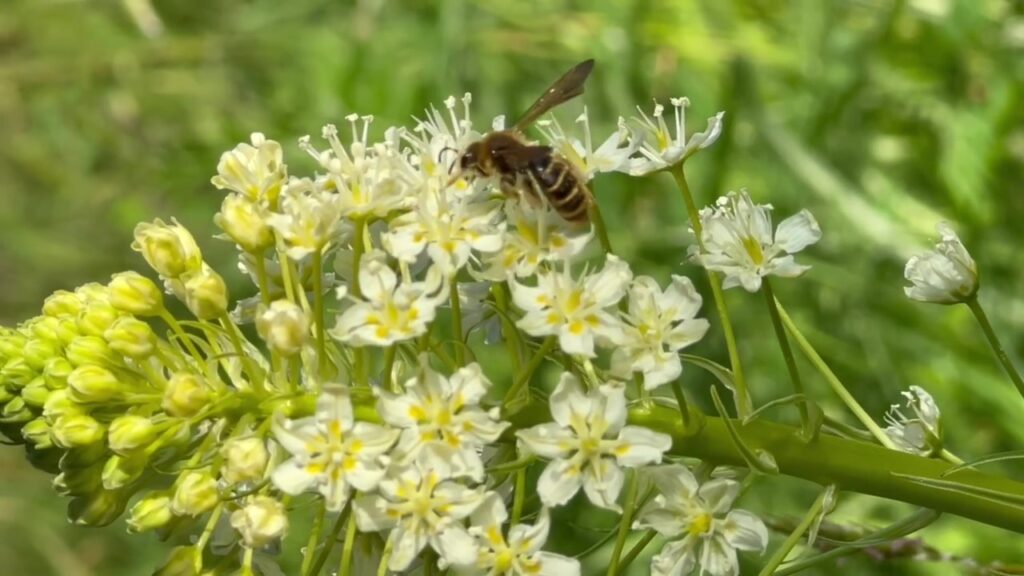
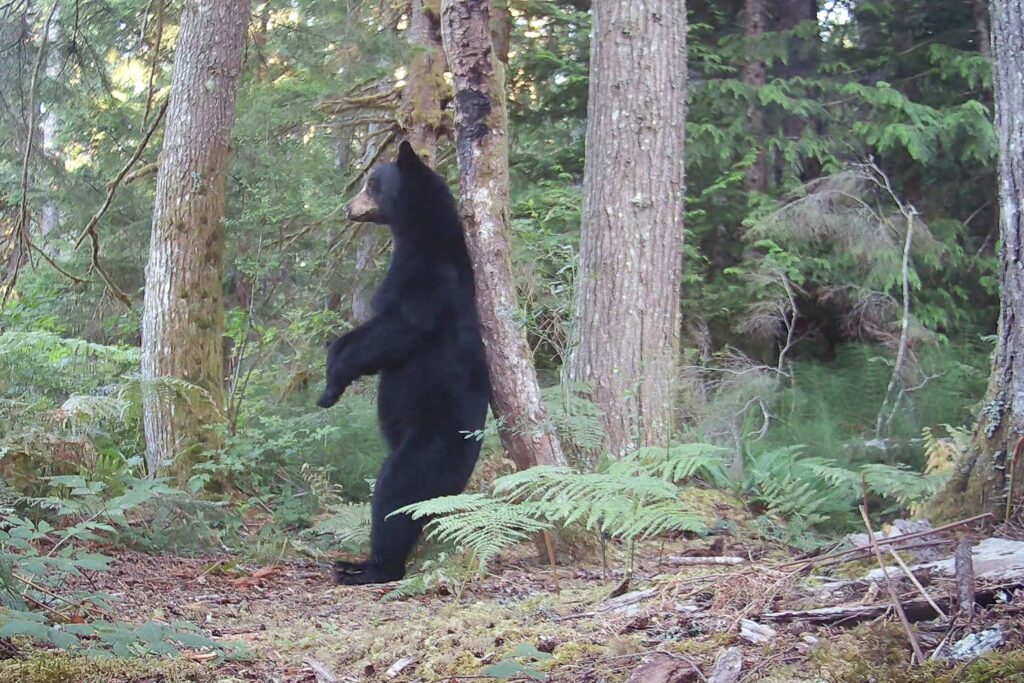
 Generously supported by The Canada Council for the Arts
Generously supported by The Canada Council for the Arts
